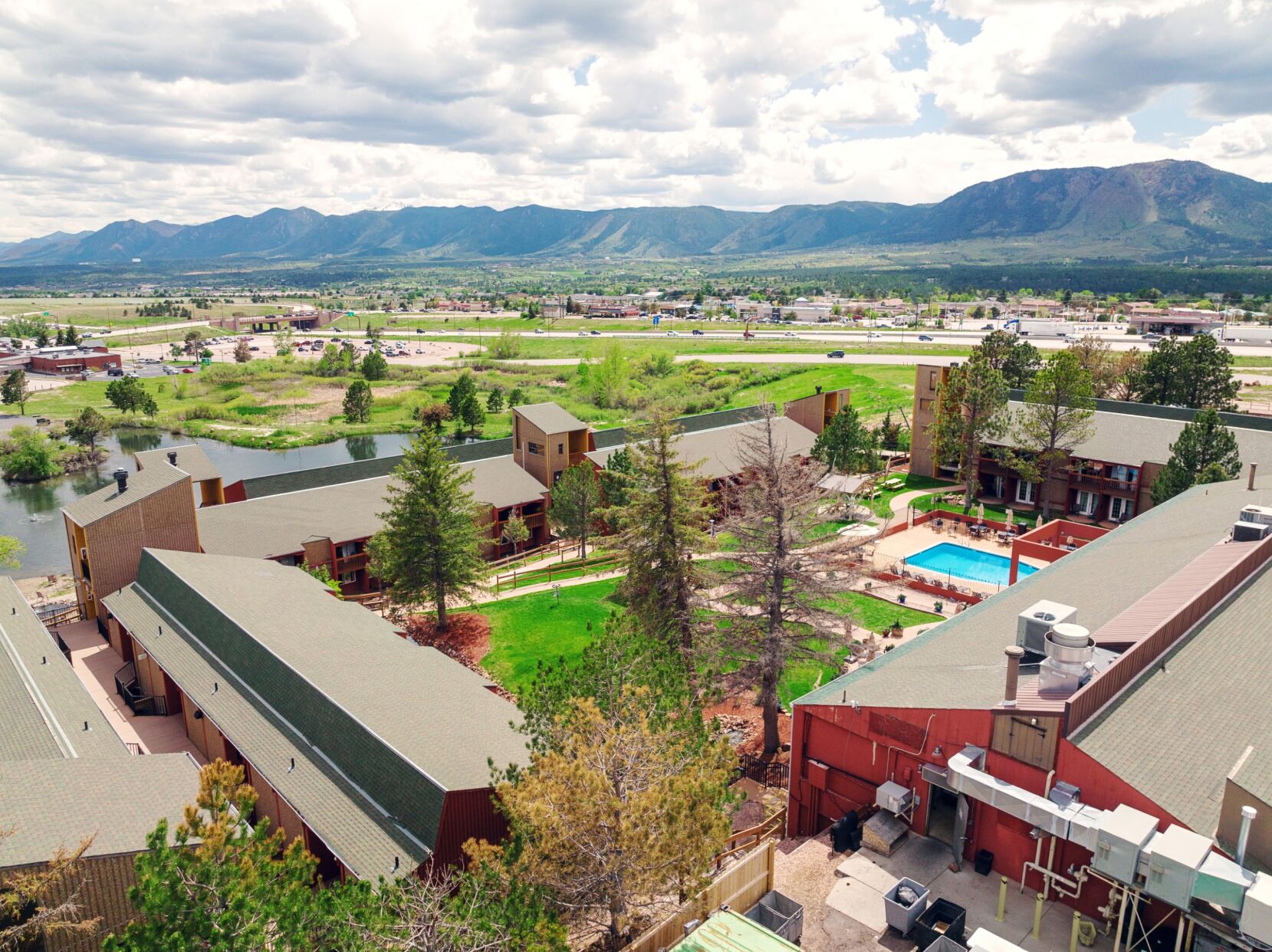How To Find You Liver
Aah, the liver. We know it’s an important part of our body. We are told to take care of our liver because after all, the liver performs over 500 vital activities for our body. We need our liver to filter toxins out of our body, regulate our blood sugar, and even store energy. When a liver is damaged or diseased, the chances of dying within the next several years is greatly increased.
While we know the liver is important, you might be wondering “where is my liver“? It’s easy to point to where the brain or heart is, but exactly where is your liver and what does it look like?
Anatomy of a Liver
Believe it or not, the liver is actually the second largest organ in your body, with only the skin being larger. In an adult, the liver weighs approximately three pounds. It is dark reddish-brown and smooth. It has been described as shaped like a football that is partially deflated or like a cone. In an adult, a healthy liver can hold half a liter of blood at any moment, which is approximately 13% of your body’s entire blood supply.
The liver consists of two main lobes. Each lobe has eight segments with 1000 smaller lobes called lobules. The lobules connect to small tubes, called ducts, which then connect to larger ducts. This forms the common hepatic duct, which transports bile from the liver to the gallbladder, as well as to the first section of the small intestine, referred to as the duodenum.
The liver has two primary blood sources to provide vital oxygen and nutrients to the organ. The hepatic artery supplies the liver with oxygenated blood. The liver receives nutrient-rich blood from the hepatic portal vein.
In liver disease, the entire liver might be inflamed, tender, and enlarged. This may result in the liver pushing on other nearby organs. Once the liver becomes diseased, it is difficult for the organ to do its job, resulting in life-threatening liver failure.
In cirrhosis, which refers to the scarring of the liver often caused by alcohol abuse, the soft tissue of the liver is replaced by hard scar tissue. Scarred liver tissue cannot filter out toxins, sometimes, it causes blood coming into the organ to back up and clot, resulting in burst blood vessels. The scarred liver will also be unable to regulate bile, causing a condition known as jaundice. If jaundice happens, your eyes and skin might turn yellow. Finally, because a liver damaged by cirrhosis cannot filter toxins, your body might become more sensitive to medications, causing you to experience significant or unpleasant side effects. Medications and other toxins might build up, impairing your ability to think, remember, sleep, or concentrate.
As you can see, having a healthy liver is important. Because the liver is such a large and important organ, a diseased liver can affect multiple parts of your body, including your stomach, lungs, heart, gallbladder, brain, and even skin.
Where is your Liver?
In the human body, the liver is located in the abdominal cavity in the upper right-hand quadrant. To help you find where your liver is located, look in a mirror where you can see your full abdomen. Then, feel where your lower ribcage begins (right under your breastbone) and ends on the right side of your body. Your liver will be located amongst various organs in that spot. The upper part of your liver will extend to your chest (just underneath your right breast if you are female). The lower part of your liver will extend just below your ribcage along the right side of your abdomen. The left lobe of your liver extends underneath your left breastbone.
The liver is located near several other organs. It rests beneath the diaphragm and is on top of your stomach. Your gallbladder extends from your stomach to your liver. Below your liver is your right kidney and your intestines. Just under the left part of your liver is your spleen.
Liver Pain
You might wonder can the liver hurt? If your liver is damaged or diseased, you will likely feel pain in the upper right quadrant of your abdomen. In some people, the pain from an inflamed liver extends to the right shoulder or around back to the area of the right kidney.
It is important to note, however, that the absence of liver pain does not necessarily mean the absence of liver disease. When your skin becomes inflamed, it is hot, red, and painful. However, when the liver is inflamed, often, you may not feel pain until the damage is significant. If you use drugs or alcohol, it is essential to visit a doctor for a regular checkup to assess for any liver damage before liver disease progresses to the point of being life-threatening.

